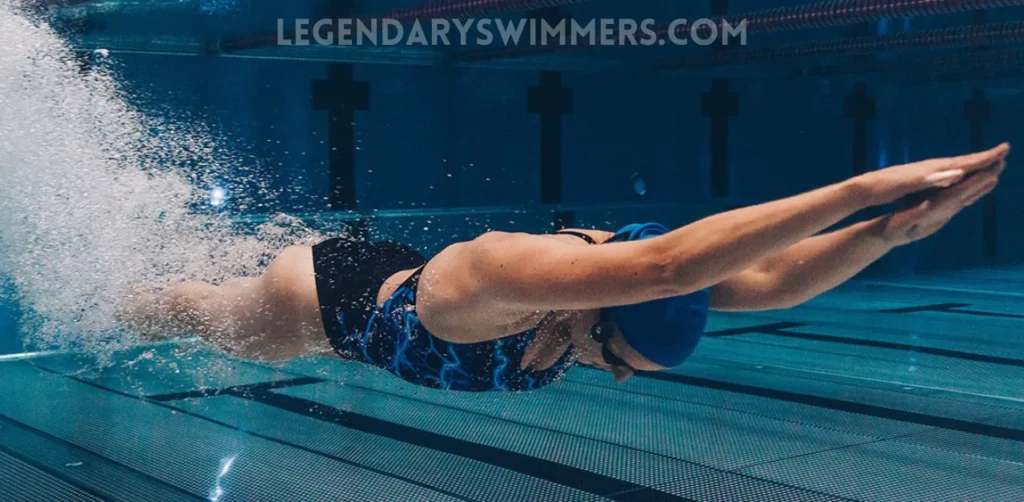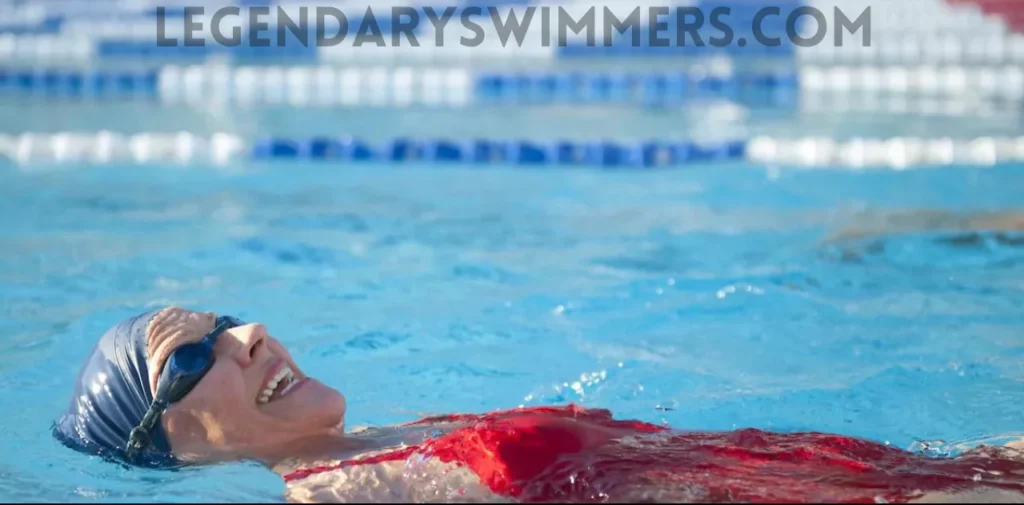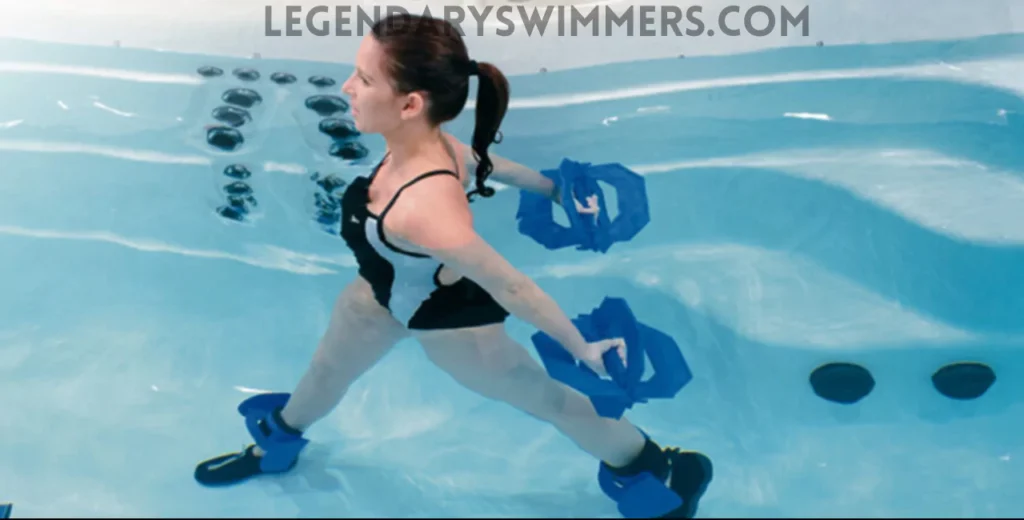How Swimming Relieves Lower Back Pain: Best Strokes & Exercises
Lower back pain is a common issue that affects millions of people worldwide. Whether caused by poor posture, injury, or chronic conditions, back pain can make everyday activities challenging. Fortunately, swimming, a low-impact and gentle exercise, offers a solution. In this article, we’ll explore how swimming can help alleviate lower back pain, the best strokes and exercises to focus on, and how to safely incorporate swimming into your routine. Why Swimming is a Low-Impact Exercise for Back Pain Relief Swimming stands out as one of the best exercises for back pain relief because it takes place in water, creating a supportive environment for your body. Water offers buoyancy, reducing the pressure on your joints and spine. This makes swimming an ideal activity for individuals suffering from lower back pain, as it minimizes the strain that weight-bearing exercises can impose on the back. Swimming also helps improve flexibility, build core strength, and alleviate tension in the back muscles. It’s not just for athletes—anyone can benefit from swimming, and it’s easy to modify for all fitness levels. How Water Reduces Pressure on Joints and the Spine The buoyancy of water supports up to 90% of your body weight, reducing the impact on your spine and joints. This allows people with lower back pain to perform exercises that might otherwise cause discomfort or further injury. The supportive environment of water makes swimming an excellent option for back pain relief while staying active. Strengthening Core Muscles: The Key to Back Pain Relief Your core muscles, including the abdominals and back muscles, are crucial for supporting your spine. Weak core muscles can lead to poor posture and added stress on your lower back. Swimming engages your core with every stroke, helping to strengthen these muscles over time. A stronger core translates to better spinal support and reduced back pain. Best Swimming Strokes for Lower Back Pain Relief Some swimming strokes are more effective for relieving lower back pain than others. Let’s dive into the most beneficial strokes and how they can help alleviate discomfort. 1. Backstroke The backstroke is widely regarded as the best stroke for individuals suffering from lower back pain. It allows your body to float on your back, relieving tension from the spine while still engaging core muscles. The backstroke helps strengthen the muscles along the entire back, providing pain relief. Step-by-Step Guide to Performing Backstroke Correctly: Float on your back with arms extended. Alternate your arms in a windmill-like motion while keeping your legs straight. Use gentle flutter kicks to propel yourself forward. Keep your head in a neutral position to avoid neck strain. 2. Freestyle (Front Crawl) The freestyle stroke is another effective stroke for lower back pain relief, but it requires proper technique to avoid unnecessary strain. The freestyle is known for its smooth and continuous movement, which can help keep the body aligned and minimize stress on the spine. Focus on engaging your core muscles throughout the stroke to support your lower back and maintain a straight body line. Key Tips for Freestyle Stroke for Lower Back Pain Relief: Maintain a neutral spine: Keep your body flat and aligned in the water to avoid arching your lower back. A slight rotation of the hips and shoulders is fine, but the spine should remain neutral. Engage the core: Proper core engagement is crucial. Strong core muscles help support your spine and prevent lower back strain while swimming. Avoid overreaching: Don’t overextend your arms as this could pull your body out of alignment and cause unnecessary twisting, leading to strain on the back. Breathe properly: Ensure you are breathing efficiently by turning your head to the side without lifting it too high. This helps maintain balance and keeps the strain off your lower back. Keep your kicks controlled: Gentle flutter kicks from the hips, rather than the knees, help minimize strain on the lower back while propelling you forward. 3. Breaststroke The breaststroke can be beneficial for relieving lower back pain, but it must be performed with care. This stroke primarily engages the muscles in the chest, back, and legs, which can help support the spine and promote better posture. However, the technique is essential to prevent aggravating lower back pain. The frog-like leg kick in breaststroke should be executed smoothly to avoid putting stress on the lower back. Tips for Safely Performing Breaststroke with Lower Back Pain: Keep the back straight: Avoid arching your lower back when lifting your head to breathe or when performing the frog kick. This will reduce strain on the spine. Focus on gentle movements: Perform smooth, controlled kicks and strokes, paying attention to your body’s alignment. Avoid jerky or forceful movements that could put additional strain on the back. Proper leg positioning: Ensure your legs stay aligned with your body, kicking in a circular motion from the hips without splaying your knees too far apart. This will help keep the lower back in a neutral position. Breathing rhythm: Take slow, steady breaths to maintain a relaxed posture, reducing the risk of tensing up and worsening back pain. 4. Avoid Butterfly Stroke The butterfly stroke is not recommended for individuals with lower back pain due to its demanding nature. This stroke involves powerful undulating movements that require a significant amount of spinal flexion and extension. The intense, wave-like motion of the body can place a lot of stress on the lower back, particularly if performed incorrectly. Even though the butterfly stroke can build upper body strength, it is too strenuous for those with existing lower back issues. Why the Butterfly Stroke Can Worsen Lower Back Pain: Excessive spinal movement: The undulating, dolphin-like motion required in the butterfly stroke puts a lot of stress on the spine, especially in the lower back region. Intense muscle contraction: The stroke involves strong, forceful contractions of the core and back muscles, which may exacerbate existing pain. Increased risk of improper form: The butterfly stroke is one of the most technically challenging strokes, and improper form—such as
How Swimming Relieves Lower Back Pain: Best Strokes & Exercises Read More »


![How Swimming Can Relieve Chronic Pain [Expert's Insight]](https://legendaryswimmers.com/wp-content/uploads/2024/10/smart-solar-solution-sunenergy-guide-6701a3d9c642c-1024x576.webp)



![Does Swimming Actually Burn Calories? [Experts Tips]](https://legendaryswimmers.com/wp-content/uploads/2024/09/legendary-swimmers-1-66e2b271110e3-1024x576.webp)






